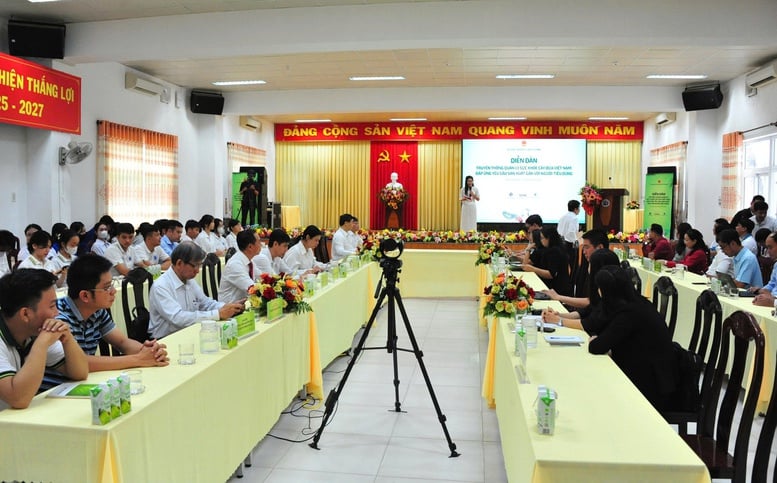
Delegates attending the Forum "Vietnam Coconut Tree Health Management in Vinh Long " - Photo: VGP/LS
From traditional crops to impressive numbers
Speaking at the forum, Mr. Van Huu Hue, Deputy Director of the Department of Agriculture and Environment of Vinh Long province, said that the whole province currently has nearly 120,000 hectares of coconut plantations with about 22 million trees, accounting for more than 50% of the country's coconut area, bringing in an income of 100-150 million VND/ha/year for about 270,000 households. "Coconut has proven its ability to adapt well to natural conditions, especially in the context of increasingly extreme climates," Mr. Hue emphasized.
Vinh Long province aims to expand the coconut area to 132,000 hectares by 2030, becoming the leading organic coconut and deep processing center in Vietnam.
According to statistics, the coconut growing area in the whole province in the period of 2020-2025 increased by an average of 2%/year, from 107,935 hectares in 2020 to 119,270 hectares in 2025. Of which, coconut trees account for 92.33% of the total area, reaching 110,120 hectares.
In particular, more than 30,355 hectares of coconut have been produced according to international organic standards (USDA, EU, China, JAS, Kora...), accounting for 25.45% of the total area, along with 156 codes for fresh coconut growing areas and 17 packaging facilities qualified to export to China.
Tall coconut varieties, such as green coconut, yellow coconut, green strawberry coconut, yellow strawberry coconut, account for a large proportion (83.77% of the area), while dwarf coconut groups (green Siamese, green Siamese, Malay) account for about 15.1%, and wax coconut accounts for 1.14% - a specialty product with high value in the region.
Coconut yield increased from 10.98 tons/ha in 2020 to 11.95 tons/ha in 2025, about 1.1 times higher than the average of the Mekong Delta region and the whole country.
Depending on the variety, productivity varies: Tall coconut (industrial processing) yields from 8,200-9,500 fruits/ha, dwarf coconut (drinking water) from 18,000-20,000 fruits/ha, wax coconut about 2,350 fruits/ha.
Total coconut output in 2025 is estimated at 1.316 million tons (equivalent to 1.096 billion nuts), an increase of 243,150 tons compared to 2020, with a growth rate of 4.17%/year.
Coconut value chain: From fresh fruit to half a billion USD export product
Currently, Vinh Long has 183 enterprises processing coconut products, creating jobs for more than 9,000 workers. The products are increasingly diverse: from coconut oil, coconut water, coconut milk, coconut juice, shredded coconut, coconut candy, coconut jelly, cosmetics, shell charcoal, coconut fiber, coconut peat... to handicraft products.
The value of coconut processing production in 2025 is estimated at 4,000 billion VND, an increase of 3.9% compared to 2024, accounting for 7.5-8% of the province's total industrial production value.
Coconut export turnover reached about 500 million USD, up 2.9%, of which: Desiccated coconut increased by 14%, coconut milk increased by 3.5%; 35 million fresh coconuts were directly exported.
At the same time, the consumption structure is also gradually more reasonable, with 60-65% of output serving domestic processing, 10-15% exported raw; drinking coconut: 10-15% processed for export, the rest consumed domestically; wax coconut: 80% sold fresh domestically, 20% processed and exported.
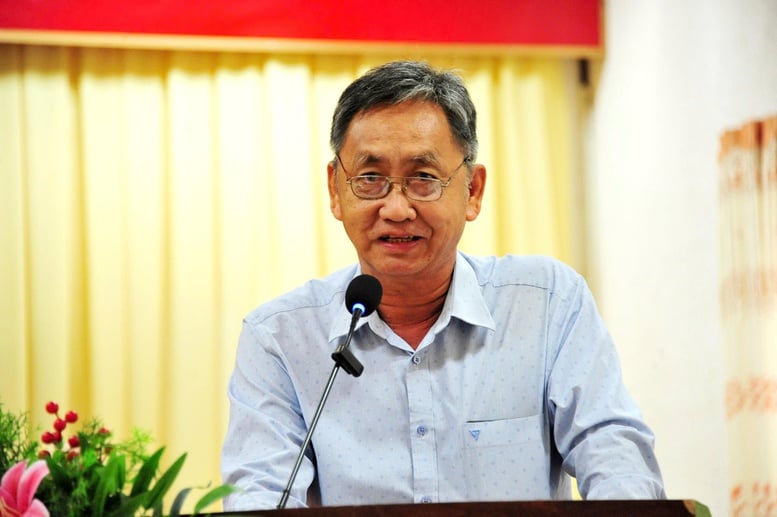
Deputy Director of Vinh Long Department of Agriculture and Environment Van Huu Hue speaks at the forum - Photo: VGP/LS
Dual challenges: climate change and internal limitations
Despite its great potential, the Vinh Long coconut industry still faces many difficulties in fragmented production and price fluctuations.
On average, each household only grows about 0.3-0.4 hectares, and the rate of participation in the chain is only 30%. Raw coconut prices fluctuate frequently, sometimes increasing suddenly, causing processing enterprises to face risks in export contracts.
In addition, preservation and deep processing technology is still limited compared to countries with developed coconut industries, such as the Philippines and Indonesia. Some facilities still use semi-manual methods, reducing quality and export value.
Climate change is becoming the biggest threat to coconut trees, such as lack of fresh water and drought reducing productivity, affecting flowering and fruiting; high tides and flooding causing root rot, trees shedding young fruit en masse; saltwater intrusion causing "salt shock", causing trees to turn yellow, burn leaves, gradually die, and productivity to decrease; pests, especially coconut beetles, outbreaks due to extreme weather.
The deep and prolonged saline intrusion has also caused many processing facilities to lack fresh water, seriously affecting production activities.
3 strategic pillars for developing the coconut industry to adapt to climate change
That is the development of sustainable raw material areas that Vinh Long province focuses on building specialized organic coconut growing areas that meet international standards, associated with codes for growing, processing and consuming areas.
Salt- and drought-tolerant coconut varieties will be prioritized for widespread propagation; at the same time, emission-reducing farming, organic fertilization, and water-saving irrigation will be applied.
Vinh Long also develops climate change-adapted coconut cultivation models in flooded areas, builds natural enemy breeding rooms, early warning systems for pests, and biological pest management.
At the same time, the province encourages eco-tourism in gardens associated with coconut trees, develops cuisine from wax coconut, handicraft villages, and creates more cultural and economic value from this traditional tree.
Promoting deep processing and technology application, Vinh Long is building preferential policies to attract large enterprises to invest in modern deep processing technology, aiming for zero-waste products.
Factories are encouraged to apply 4.0 technology in traceability, quality management and international trade promotion, helping to enhance the "Vinh Long Coconut" brand.
The province supports the construction of new-style cooperatives closely linked with enterprises in value chain linkage and international cooperation, ensuring mutual benefits in production and consumption.
At the same time, promote international trade, build the "Vinh Long Coconut" brand, cooperate with the US, EU, and Japan to expand the market and access advanced technology.
Towards 'Green and Safe Vietnamese Coconuts'
According to Associate Professor, Dr. Pham Anh Tuan (Institute of Agricultural Mechanics and Technology), after harvest, it is necessary to "develop a soil assessment project, apply ArcGIS to create a database for specialized coconut growing areas, improve soil health, manage nutrition in organic coconut areas, and aim for high productivity and quality".
He emphasized the role of consulting on technology selection, designing standard processing plants, supporting businesses in receiving technology from abroad, and connecting research and production between scientific units and businesses.
Meanwhile, Ms. Nguyen Thi Kim Thanh, President of the Vietnam Coconut Association, affirmed: "Safe solutions in cultivating and protecting coconut trees are not only technical requirements, but also strategic directions to restructure the Vietnamese coconut industry in an ecological - circular - low-emission direction."
Ms. Thanh emphasized that the coordination of four subjects is the key factor to build a sustainable coconut ecosystem: the State formulates policies, supports green credit and monitors agricultural product quality; scientists research disease-resistant varieties and ecological farming models; the Vietnam Coconut Association coordinates strategies, reviews policies, and develops national brands; businesses and cooperatives directly organize raw material areas, deep processing, and create sustainable jobs.
"In the long term, this direction will contribute to building the brand 'Green and safe Vietnamese coconut', creating an international competitive position, helping farmers escape small-scale production, moving towards an ecological, circular, low-emission agriculture in line with the development strategy until 2050," Ms. Kim Thanh affirmed.
Vinh Long coconut industry is strongly transforming from small-scale production to a comprehensive value chain, from "raw coconuts" to billion-dollar export products, from traditional agriculture to green - ecological - circular economy.
With a climate change adaptation development strategy, and the support of the government, businesses and farmers, Vinh Long is affirming its position as the "coconut capital" of Vietnam, opening a sustainable direction for an industry of global stature.
Le Son
Source: https://baochinhphu.vn/vinh-long-xay-dung-thu-phu-dua-gia-tri-cao-thich-ung-bien-doi-khi-hau-102251106142203125.htm


![[Photo] Prime Minister Pham Minh Chinh receives the delegation of the Semiconductor Manufacturing International (SEMI)](https://vphoto.vietnam.vn/thumb/1200x675/vietnam/resource/IMAGE/2025/11/06/1762434628831_dsc-0219-jpg.webp)



![[Photo] Closing of the 14th Conference of the 13th Party Central Committee](https://vphoto.vietnam.vn/thumb/1200x675/vietnam/resource/IMAGE/2025/11/06/1762404919012_a1-bnd-5975-5183-jpg.webp)







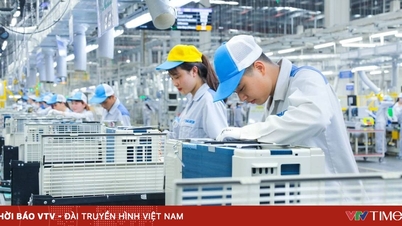









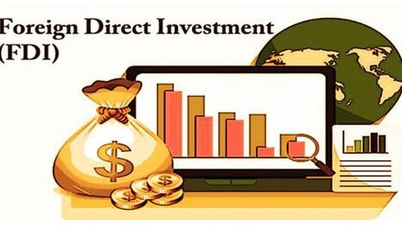
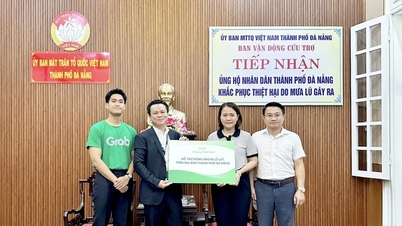







































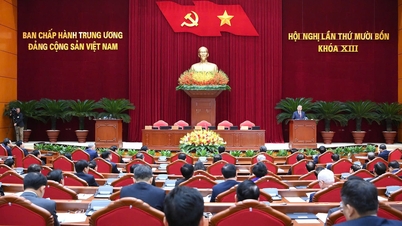
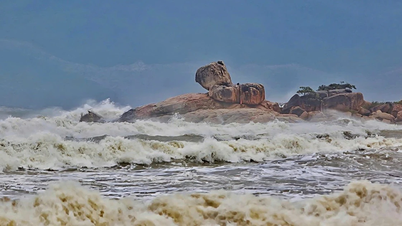

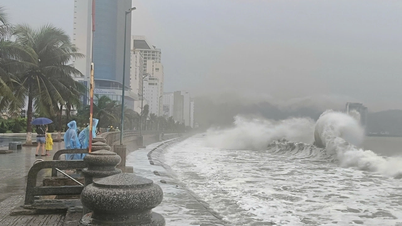















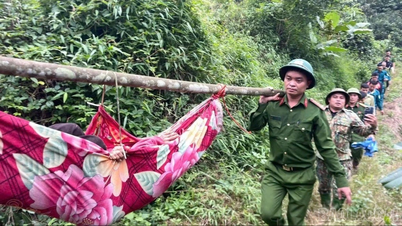

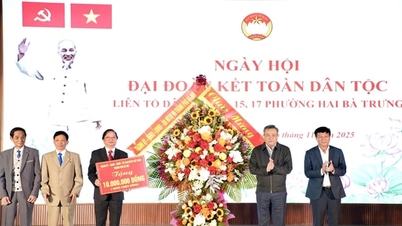


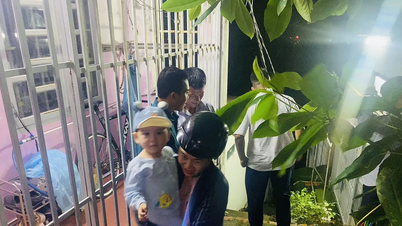















Comment (0)